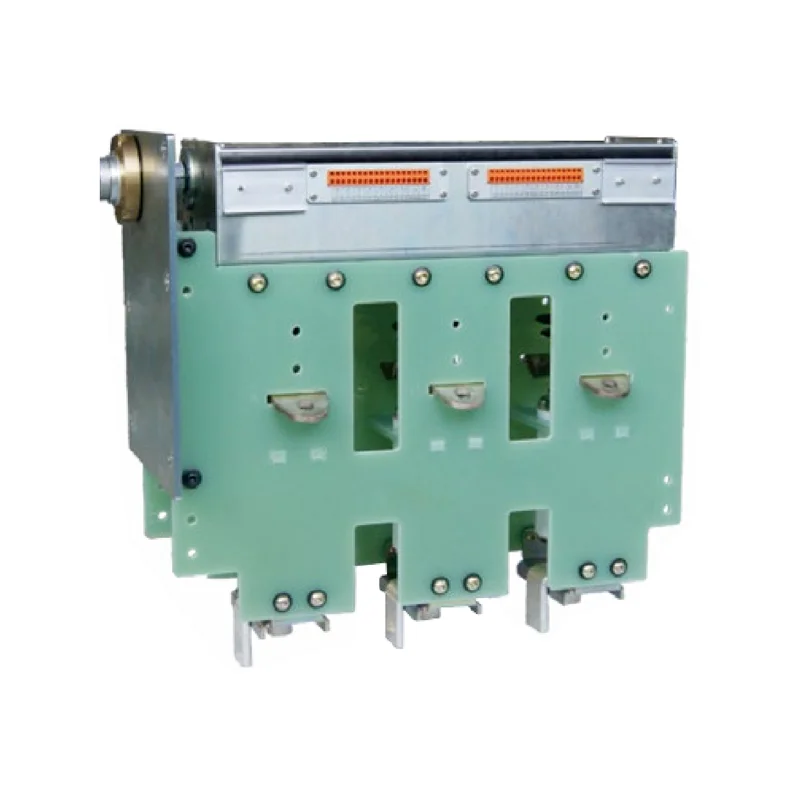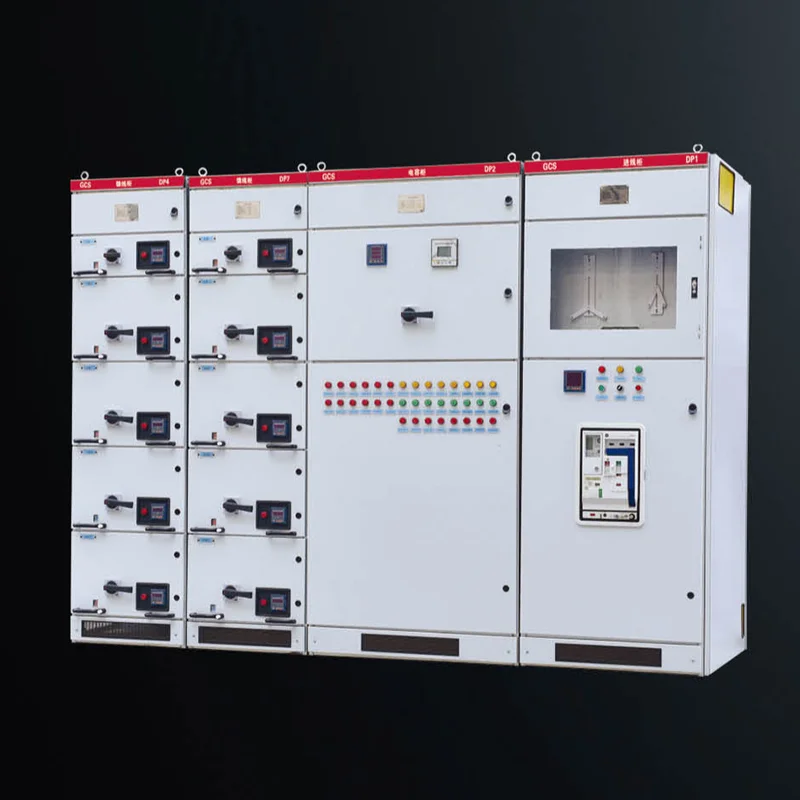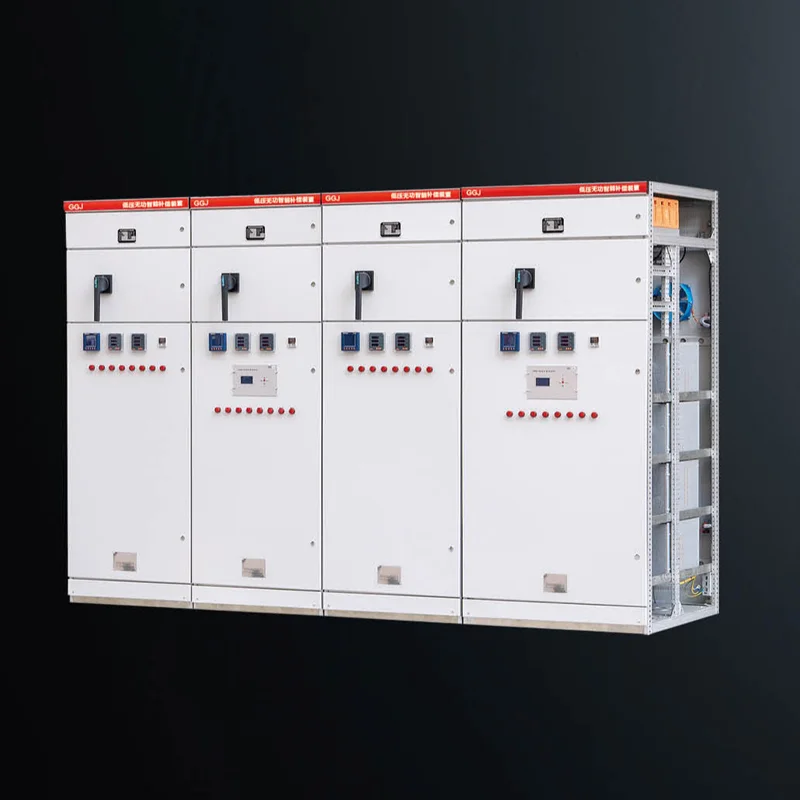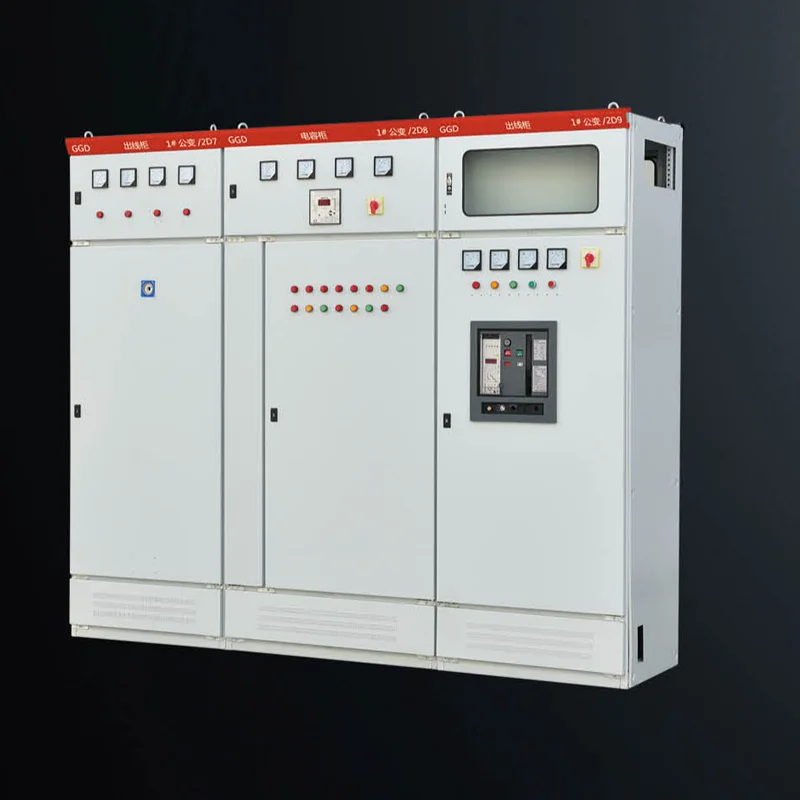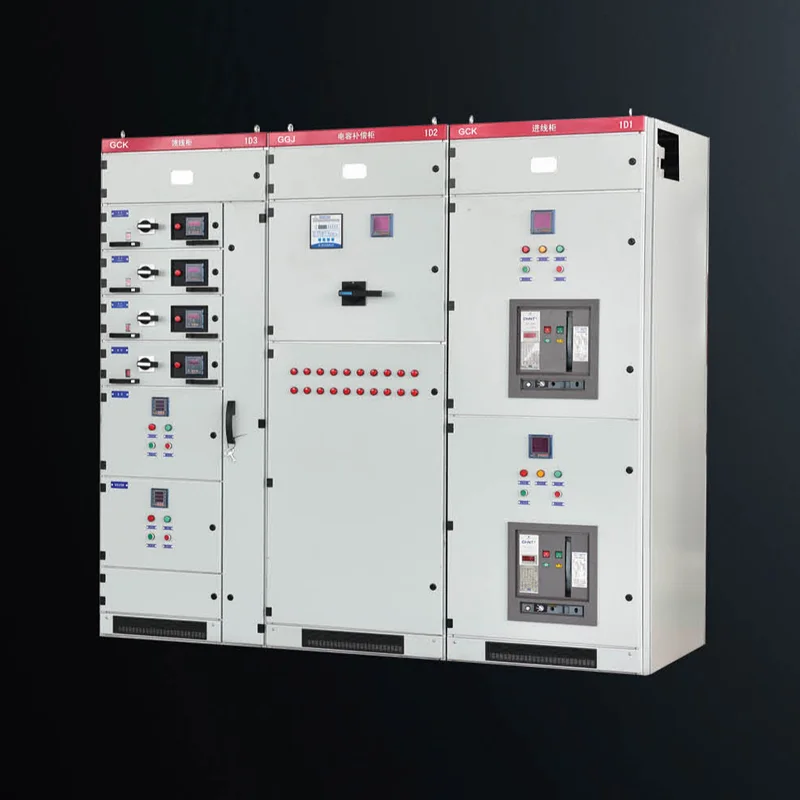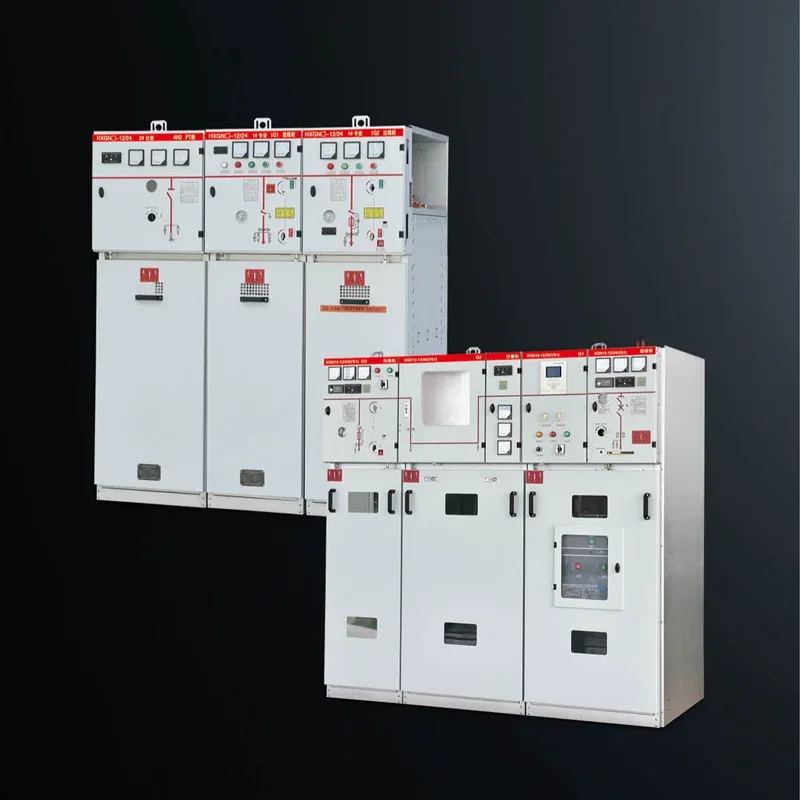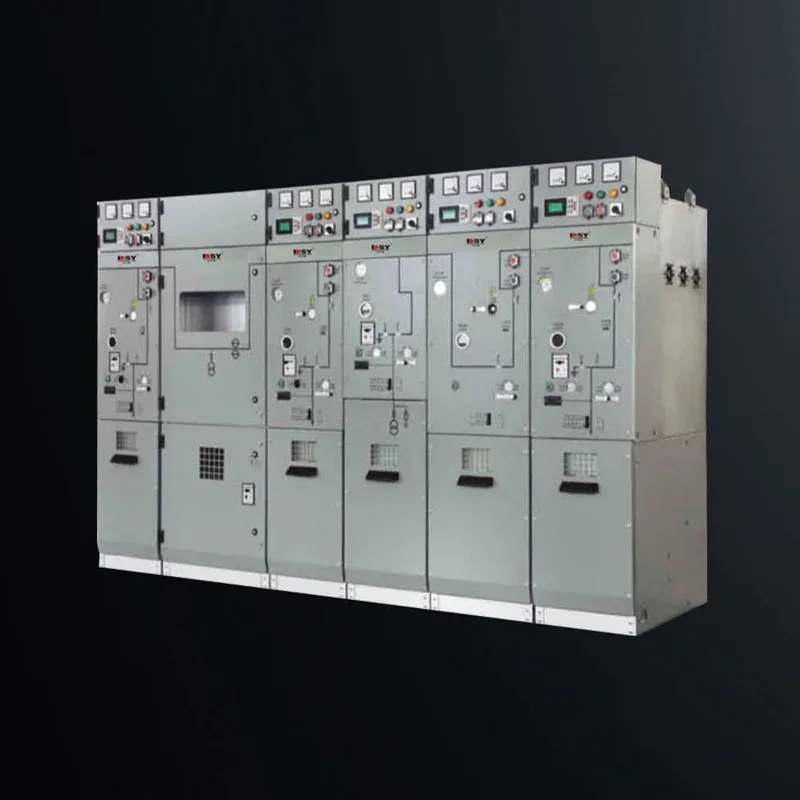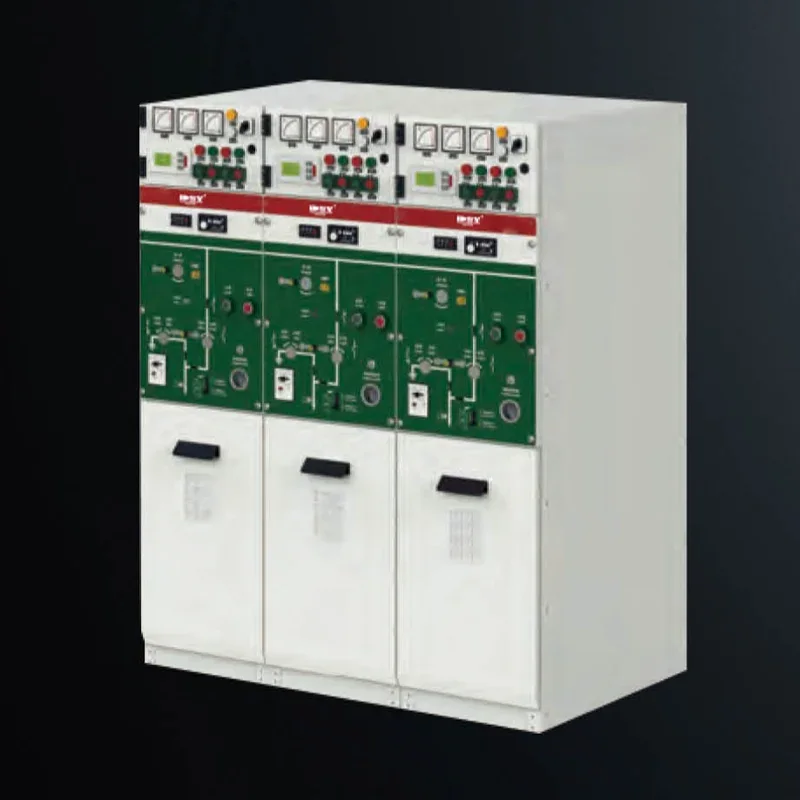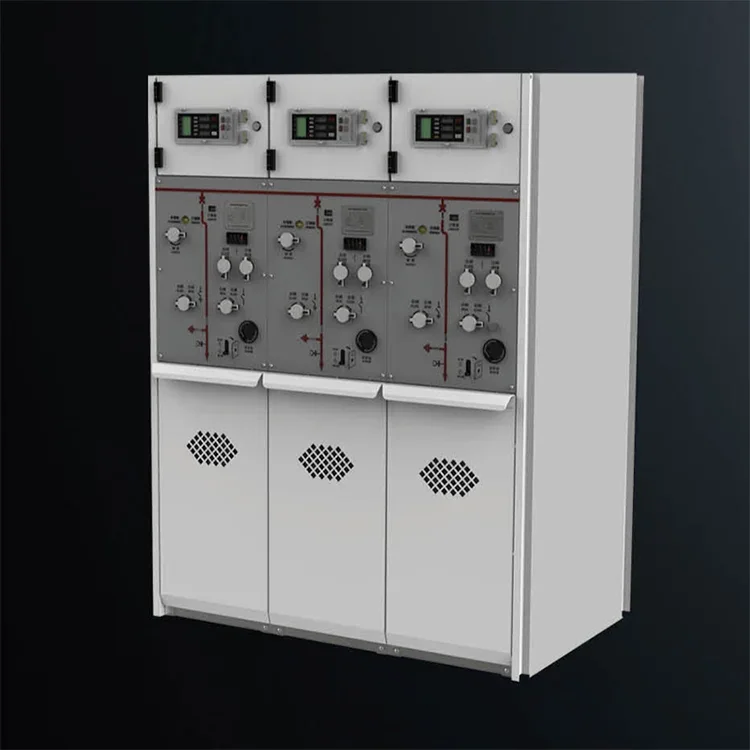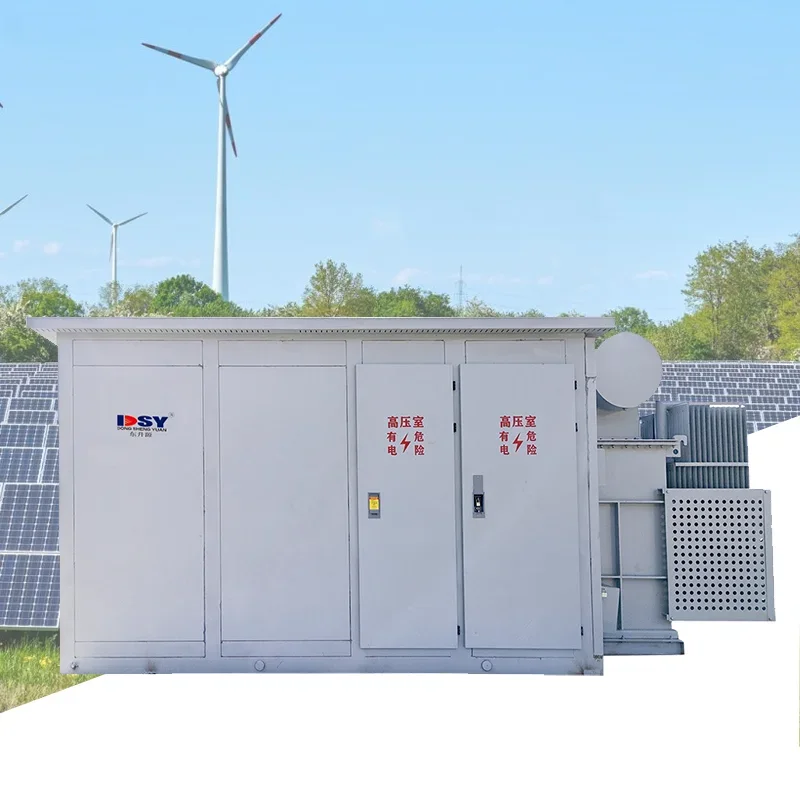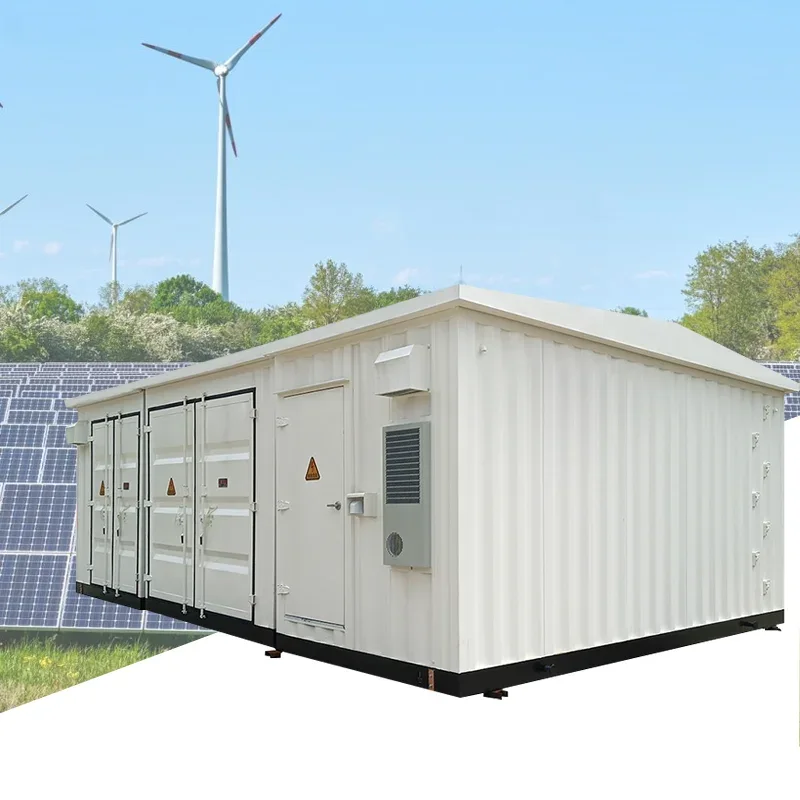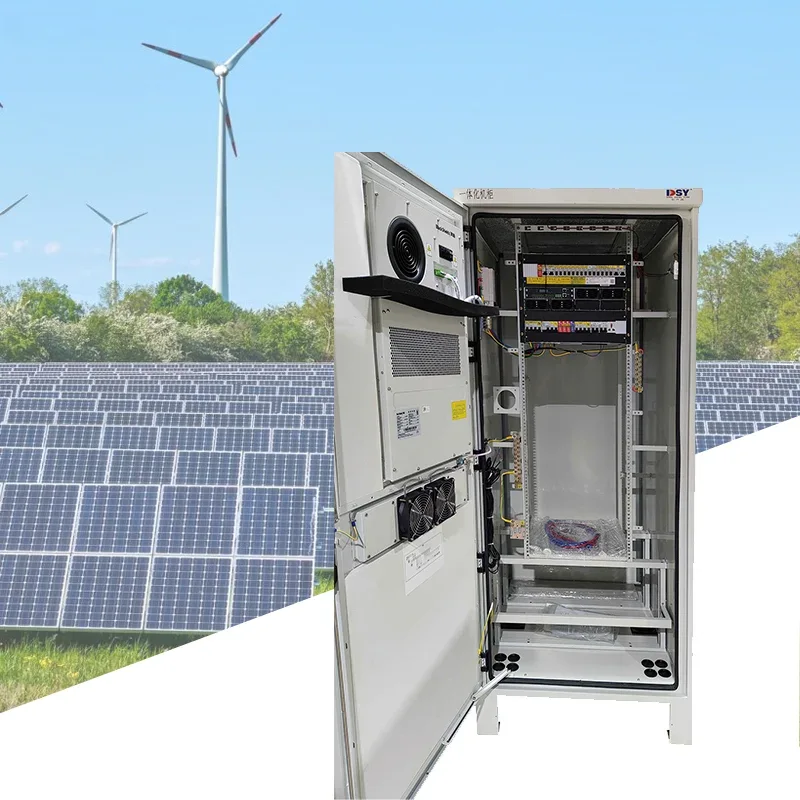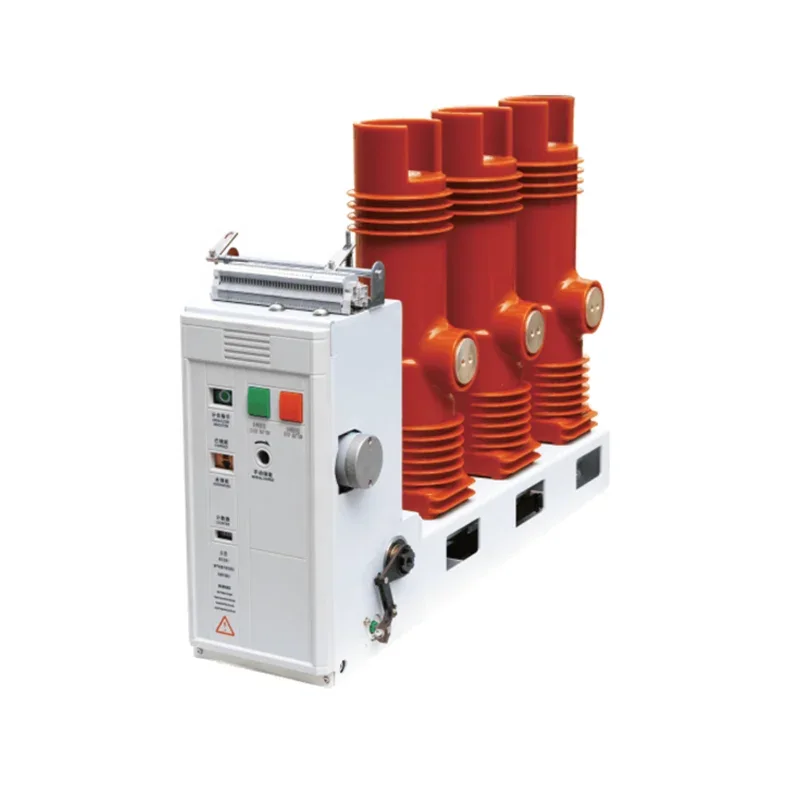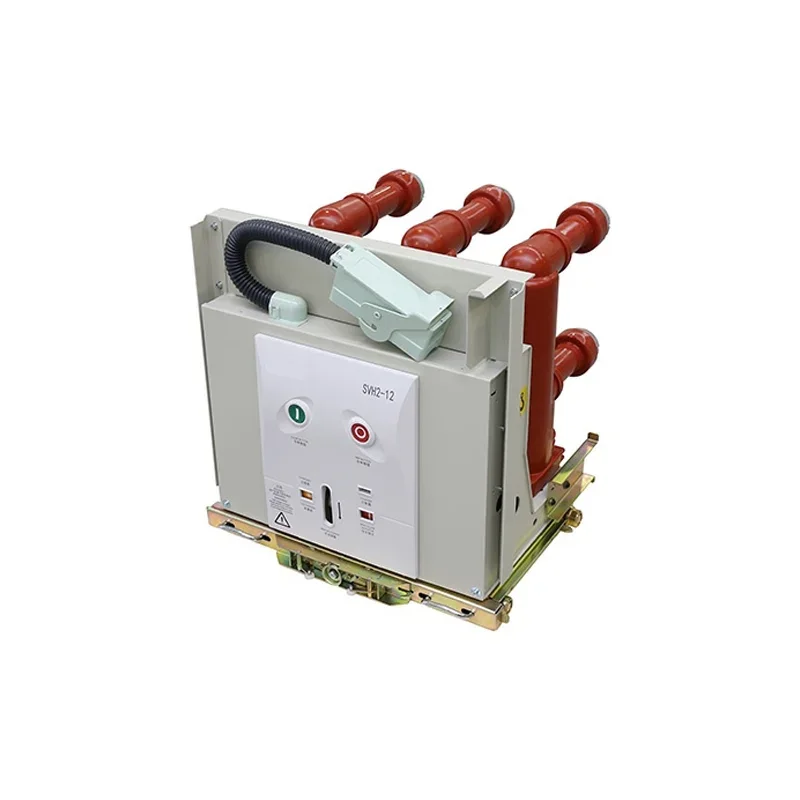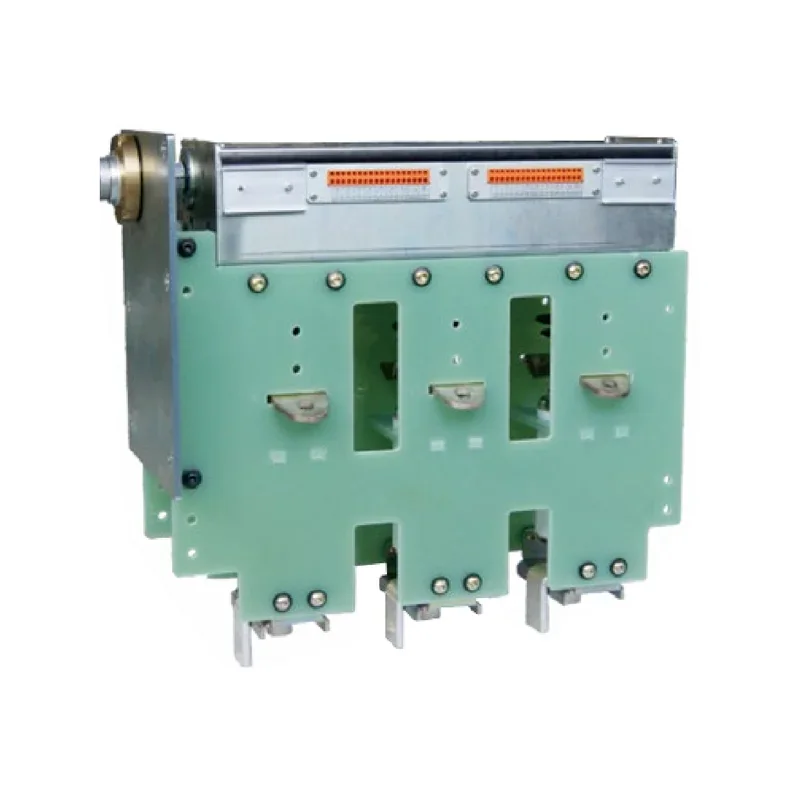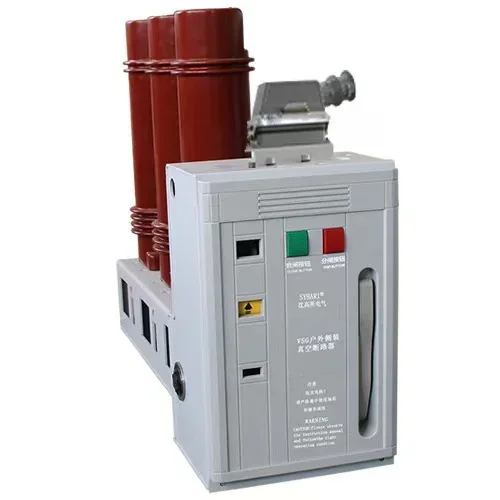How HV Switchgear Enhances Safety in Electrical Installations
How HV Switchgear Enhances Safety in Electrical Installations Table of Contents Understanding HV Switchgear: An Overview Importance of Safety in Electrical Installations The Role of HV Switchgear in Enhancing Safety Key Components of HV Switchgear How HV Switchgear Works: Mechanisms of Safety Benefits of Using HV Switchgear in Electrical Installations Best Practices for Installing H
Aug 02,2025
How HV Switchgear Enhances Safety in Electrical Installations
Table of Contents
- Understanding HV Switchgear: An Overview
- Importance of Safety in Electrical Installations
- The Role of HV Switchgear in Enhancing Safety
- Key Components of HV Switchgear
- How HV Switchgear Works: Mechanisms of Safety
- Benefits of Using HV Switchgear in Electrical Installations
- Best Practices for Installing HV Switchgear
- The Future of HV Switchgear in Enhancing Safety
- FAQs About HV Switchgear and Safety
Understanding HV Switchgear: An Overview
High Voltage (HV) switchgear refers to a collection of devices used to control, protect, and isolate electrical equipment in high voltage applications. These systems are essential components in substations, industrial plants, and commercial buildings where electricity is distributed at voltages exceeding 1,000 volts. HV switchgear includes circuit breakers, switches, fuses, and transformers, all designed to ensure safe and reliable operation of electrical systems.
Importance of Safety in Electrical Installations
Safety in electrical installations is paramount. With the potential for severe hazards such as electrical shocks, fires, and equipment malfunctions, the implementation of effective safety measures is crucial. The increasing complexity of electrical systems necessitates robust solutions that can anticipate and mitigate risks. HV switchgear plays a pivotal role in protecting personnel, equipment, and facilities from the dangers associated with high voltage environments.
The Role of HV Switchgear in Enhancing Safety
HV switchgear significantly contributes to safety by providing essential protection mechanisms. These include:
1. **Isolation**: HV switchgear allows for safe isolation of equipment during maintenance or emergencies, minimizing exposure to live parts.
2. **Overcurrent Protection**: Circuit breakers within HV switchgear detect excessive currents and interrupt the flow, preventing overheating and potential fire hazards.
3. **Fault Detection**: HV switchgear can identify faults in the electrical system, allowing for quick responses to prevent damage and ensure safety.
4. **Arc Flash Protection**: Advanced HV switchgear designs incorporate arc flash protection systems that can detect and mitigate dangerous electrical arcs.
Key Components of HV Switchgear
Understanding the components of HV switchgear is essential for appreciating its safety features. Key components include:
- **Circuit Breakers**: Devices that automatically interrupt electrical flow during fault conditions.
- **Switches**: Mechanisms that allow for manual or automated control of electrical circuits.
- **Fuses**: Safety devices that melt to break the circuit when excess current flows, preventing equipment damage.
- **Transformers**: Used to step up or step down voltage levels for safe distribution.
- **Protective Relays**: Devices that monitor electrical parameters and initiate action during abnormal conditions.
How HV Switchgear Works: Mechanisms of Safety
The operational mechanisms of HV switchgear are designed to enhance safety in various ways:
- **Control Systems**: Modern HV switchgear is equipped with advanced control systems that enable remote monitoring and management of electrical networks. This capability allows for timely interventions when issues arise.
- **Integration with Safety Protocols**: HV switchgear is often integrated with safety protocols and standards, ensuring compliance with regulations and best practices.
- **Real-time Monitoring**: Many systems now feature real-time monitoring capabilities, allowing operators to assess the status of electrical installations and respond proactively to potential hazards.
Benefits of Using HV Switchgear in Electrical Installations
Employing HV switchgear in electrical installations provides numerous benefits:
1. **Enhanced Safety**: By reducing the risks associated with high voltage operations, organizations can ensure a safer working environment.
2. **Improved Reliability**: HV switchgear minimizes downtime by quickly identifying and resolving electrical faults.
3. **Cost Efficiency**: While the initial investment may be substantial, the long-term savings from reduced maintenance costs and operational interruptions can be significant.
4. **Scalability**: HV switchgear systems can be scaled to meet the needs of growing facilities or technological advancements, ensuring future readiness.
Best Practices for Installing HV Switchgear
To maximize the safety and efficiency of HV switchgear, adherence to best practices during installation is crucial:
- **Site Assessment**: Conduct a thorough assessment of the installation site to determine the appropriate type and size of switchgear required.
- **Professional Installation**: Engage qualified professionals to install HV switchgear, ensuring compliance with local regulations and safety standards.
- **Regular Maintenance**: Implement a routine maintenance schedule to check the condition and functionality of HV switchgear components.
- **Training**: Provide training for personnel on how to operate and respond to emergencies involving HV switchgear.
The Future of HV Switchgear in Enhancing Safety
As technology evolves, the future of HV switchgear looks promising, with advancements aimed at improving safety further. Key trends include:
- **Smart Grid Integration**: The integration of HV switchgear with smart grid technologies can enhance monitoring and responsiveness, facilitating real-time data analysis and decision-making.
- **Automation**: Automating HV switchgear operations can significantly reduce human error and improve safety outcomes.
- **Sustainability**: Future designs will likely focus on sustainability, employing materials and technologies that minimize environmental impacts while maintaining high safety standards.
FAQs About HV Switchgear and Safety
1. What is the primary function of HV switchgear?
HV switchgear primarily controls, protects, and isolates electrical equipment in high voltage applications, ensuring safe and reliable operation.
2. How does HV switchgear enhance safety?
HV switchgear enhances safety by providing isolation during maintenance, protecting against overcurrent, detecting faults, and preventing arc flash incidents.
3. What are the main components of HV switchgear?
The main components include circuit breakers, switches, fuses, transformers, and protective relays.
4. Why is regular maintenance of HV switchgear important?
Regular maintenance is crucial to ensure the reliability and safety of HV switchgear, helping to identify potential issues before they escalate.
5. How can I ensure compliance with safety standards when using HV switchgear?
Ensuring compliance involves engaging qualified professionals for installation, conducting regular maintenance, and integrating safety protocols into operations.
Conclusion
In summary, High Voltage switchgear plays an indispensable role in enhancing safety within electrical installations. By providing critical protection mechanisms, ensuring reliable operation, and facilitating best practices during installation and maintenance, HV switchgear significantly reduces risks associated with high voltage environments. As technology continues to advance, the future of HV switchgear promises further improvements in safety and efficiency, ensuring that electrical installations can meet the demands of modern society while prioritizing safety. Understanding and implementing the principles outlined in this article can help both industry professionals and organizations achieve safer electrical networks.
PREVIOUS:
Related News
From June 5th to 8th, 2025, Shenzhen Dongshengyuan Electrical Equipment Co., Ltd. (hereinafter referred to as "Dongshengyuan Electric") participated in the Southeast Asia Electricity and Energy Exhibition (SEAPAE) held in Jakarta, Indonesia. During the exhibition, the company highlighted its three core product lines: high-voltage and low-voltage distribution switchgear, intelligent circuit breakers, and environmentally friendly load switches. These products are designed to provide targeted solutions for the high temperature and high humidity environments commonly found in Southeast Asia, as well as the growing demand for new energy access. They have successfully attracted over 200 industry customers for business negotiations.
The difference between circuit breakers and vacuum circuit breakers
Circuit breaker is an abbreviation for pole type circuit breaker. Circuit breakers are also vacuum circuit breakers

